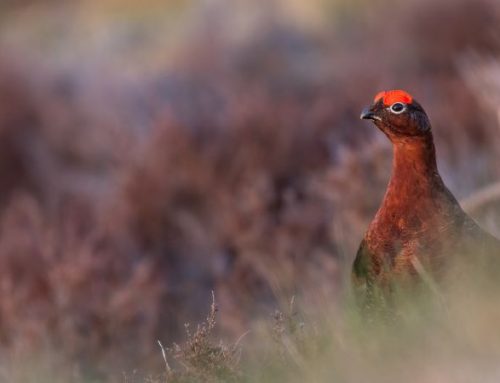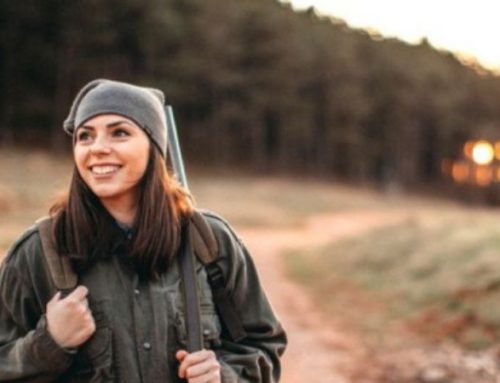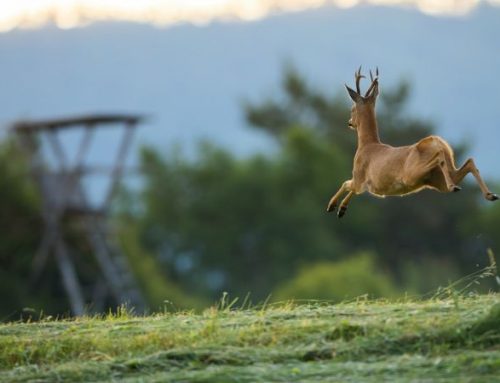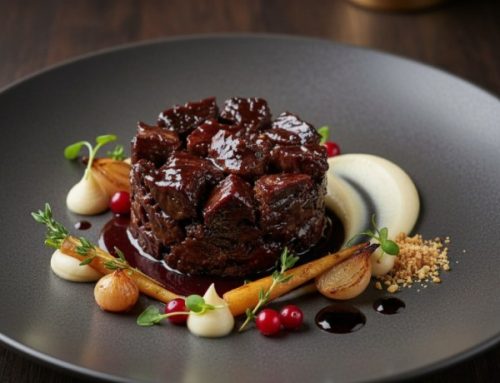The British royal family has always had a deep and enduring connection with hunting. It is not merely a noble pastime, but a true cultural and identity-defining component of the English monarchy.
From ancient mounted hunts with packs of hounds to modern stalking outings in the Highlands, the Windsors have managed to keep a centuries-old tradition alive—adapting it to modern times while celebrating it as both a family and institutional ritual.
Hunting as a Royal Tradition
Since the days of the Norman monarchs, hunting in England has symbolized power, territorial authority, and a connection to the land. For the royal family, hunting has never been just a display of status; it has also served as a way to cultivate virtues deemed essential for a sovereign: patience, focus, self-control, and a love of nature.
He was also very strict about hunting etiquette: every participant was expected to follow the rules precisely, and firearms had to be impeccably maintained. For him, hunting was synonymous with discipline.
King Edward VIII and Hunting in Africa
Before abdicating for love, Edward VIII was an avid African hunter. He took part in safaris and hunts across the continent, documenting many of his experiences in private diaries and photographs. He loved the exotic and the adventurous, viewing big-game hunting as a way to confront the unknown. However, he was also criticized for his preference for impressive trophies, rather than embracing the contemplative or conservation-minded side of the activity.
Prince Philip: The Man of the Woods
Prince Philip, Duke of Edinburgh and husband of Queen Elizabeth II, was one of the Windsors most deeply connected to hunting. A skilled stalker, he had a particular passion for deer stalking in the Scottish Highlands—especially at Balmoral, where he would spend long days in pursuit of stags during the rutting season.
It is said that he preferred to move silently with only a few companions, walking with a confident stride and a keen eye. His respect for the environment was profound: he disliked excessive hunting and favored selective culling, taking an active interest in wildlife management.
A curious anecdote from Sandringham features him correcting a guest who had shot an unauthorized animal. With firm composure, he reminded the guest that “tradition must always be respected.”
Queen Elizabeth II: Observer and Gracious Host
Although not an active hunter herself, Her Majesty Queen Elizabeth II always proudly supported and presided over the family’s hunting activities. At Sandringham and Balmoral, she would often accompany hunters during their breaks, observe the departures and returns of the shoots, and always received a detailed report of the day’s events with punctuality.
She had a deep love for hunting dogs, especially her famous Corgis and the working Labradors bred specifically for estate activities. At Sandringham, she took great interest in the management of pheasant, partridge, and hare populations, ensuring everything was conducted according to tradition and with the utmost respect for wildlife.
She was renowned for her photographic memory: she could recall the locations of every game sighting, distinguish the dogs and firearms used by staff members, and didn’t hesitate to offer practical suggestions to the gamekeepers.
King Charles III and a Modern Sensibility
King Charles III, known for his environmental advocacy, has always approached hunting with a more reflective and sustainable mindset. He is passionate about fly fishing and deer stalking, but has also stood out for his deep interest in biodiversity conservation and the protection of native species.
During his time as Prince of Wales, he actively promoted the sustainable management of royal estates to support a balanced relationship between wildlife, agriculture, and natural habitats. At Highgrove, his private residence, he introduced regenerative farming practices and established protected wildlife zones.
While preserving the royal hunting tradition, Charles has managed to reinterpret it in light of today’s environmental challenges.
The Great Windsor Hunting Estates
Sandringham Estate (Norfolk)
A private royal estate since 1862, Sandringham is one of the most important hunting grounds in the United Kingdom. Spanning over 8,000 hectares of woodland, farmland, and heath, it is renowned for its pheasant and partridge shoots. Each year, the estate hosts shooting parties attended by members of the royal family, aristocratic friends, heads of state, and international guests.
Here, hunting is conducted with impeccable organization, blending British precision with sporting spirit. Beaters and dogs work in perfect harmony to flush out the game, while the guns are positioned in a line, following a protocol that has been refined over centuries.
A fun anecdote: it is said that Winston Churchill was a frequent guest at Sandringham, and once participated in a shoot despite heavy fog—only to miss his target and accidentally hit a hat left on a bush by an attendant.
Balmoral Castle (Scotland)
Purchased by Queen Victoria in 1852, Balmoral is regarded as the “home of royal hunting.” Nestled in the Scottish Highlands, it offers a breathtaking landscape of glens, moorlands, and crystal-clear rivers. The estate is especially known for red deer stalking, an activity that demands skill, patience, and deep knowledge of the land.
The estate spans over 20,000 hectares and is also home to capercaillie, mountain hares, and migratory birds. Hunts typically take place at dawn or dusk, in complete silence, following winding trails through ancient woodlands. Local guides—often from families who have served the royals for generations—accompany the outings and assist in selecting the right stag.
A legend tells of Queen Victoria, who during a stay at Balmoral was so enchanted by the grace of a young roaring stag that she requested it never be disturbed again. The deer, nicknamed “Alba,” became a spiritual symbol of the estate and inspired local folklore.
Windsor Great Park
This historic green space west of London was originally a royal hunting reserve. Covering more than 2,000 hectares, Windsor Great Park still retains many of its original features: grand avenues, ancient forests, open glades, and reflective lakes. It was once used for fox hunting, deer stalking, and hare coursing.
Although parts of it are now open to the public, certain areas of Windsor Great Park remain reserved for private events and activities related to environmental management. Among the woodlands, it is said that descendants of the original deer introduced by Henry VIII still roam, selected for their impressive stature.
Glen Muick Estate (Scotland)
Less known to the general public but beloved by Queen Elizabeth II, Glen Muick is a Scottish estate adjacent to Balmoral, used for both hunting and fishing. It stretches across a remote, rugged valley, frequented by roe deer, red deer, and numerous species of migratory birds.
The Queen’s chalet, named “Glas-allt-Shiel,” was her favorite retreat for moments of deep introspection. Here, away from the court’s formalities, Elizabeth would immerse herself in reading, walking, and wildlife observation. It is said she regularly recorded her daily sightings in her personal diary.
Hunting as Cultural Identity
The Windsor family’s passion for hunting is not just an aristocratic pastime. It is a core element of their cultural identity, a symbol of their connection to the land, and a reflection of their perspective on rural life. Each estate, every gesture, and every ritual tells a story of balance, respect, and responsibility.
In an era when hunting is often the subject of debate, the British royal family stands as an example of how traditions can be preserved with style, ethics, and environmental awareness.
It is no coincidence that, even today, participating in a hunting day at a royal estate is considered an honor, a privilege, and a lesson in English sobriety and style.












